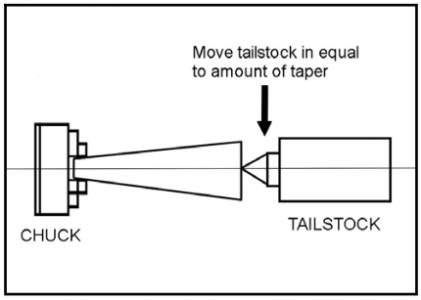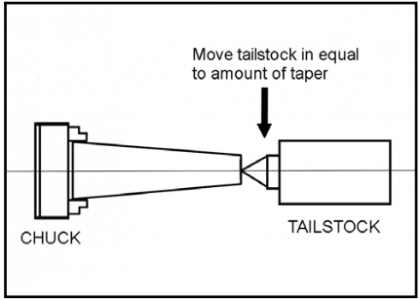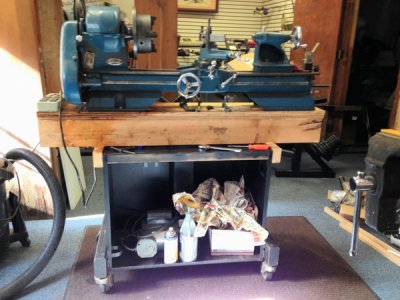Did my first turning of steel today on the 12x36. My project was to turn round stock to a diameter--should be pretty simple. Used the 4 jaw chuck and live center. Everything seems to work OK, but I noticed that the closer to the chuck the I got, the smaller the diameter got. Over 5 thousandths over 5 inches.
Why would this happen, and what can I do about it? Thanks!
Regards,
Michael
Why would this happen, and what can I do about it? Thanks!
Regards,
Michael




